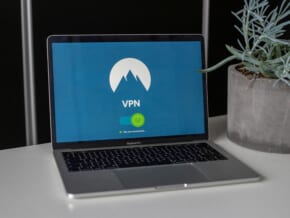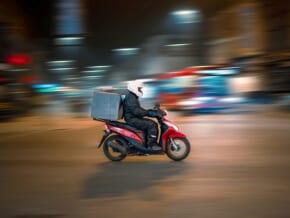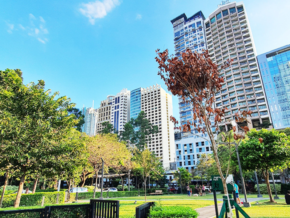Expats’ Guide to Driving Laws in the Philippines
The Philippines is famous for many things: sweet mangoes, white sand beaches, hospitable people, and dreadful traffic jams.
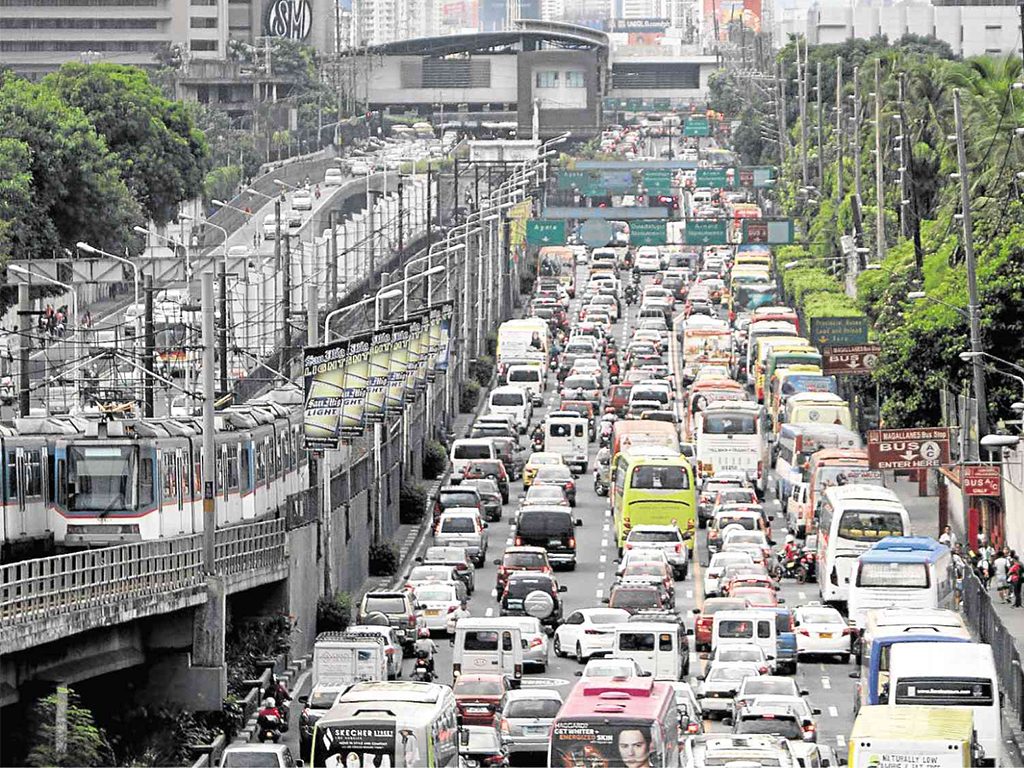
/IMAGE Richard Reyes via inquirer.net
Traffic is everywhere in the country and is felt in just about every city and road possible. For this reason, many prefer to hail cabs or book a car service. However, anyone who’s ever been behind the wheel can’t deny the liberating feeling that driving provides. If you’ve just landed in the Philippines and thinking of driving during your stay, here are some laws to keep in mind.
Also read: Expats’ Guide: Fines and Fees for Common Traffic Violations in the Philippines
- You’ll need a license to drive especially if you’ll be renting a car from a rental company. Applying for a license isn’t complicated and it’s pretty easy if you already have a license from your country of origin.There is a catch though: if your license is still valid, you can only use it 90 days after you arrive here. If three months is too long a wait, you can have it converted to a local license. There will be no exams if your foreign license is still valid, otherwise, through the examination room you go.
Also read: Driver’s License Application
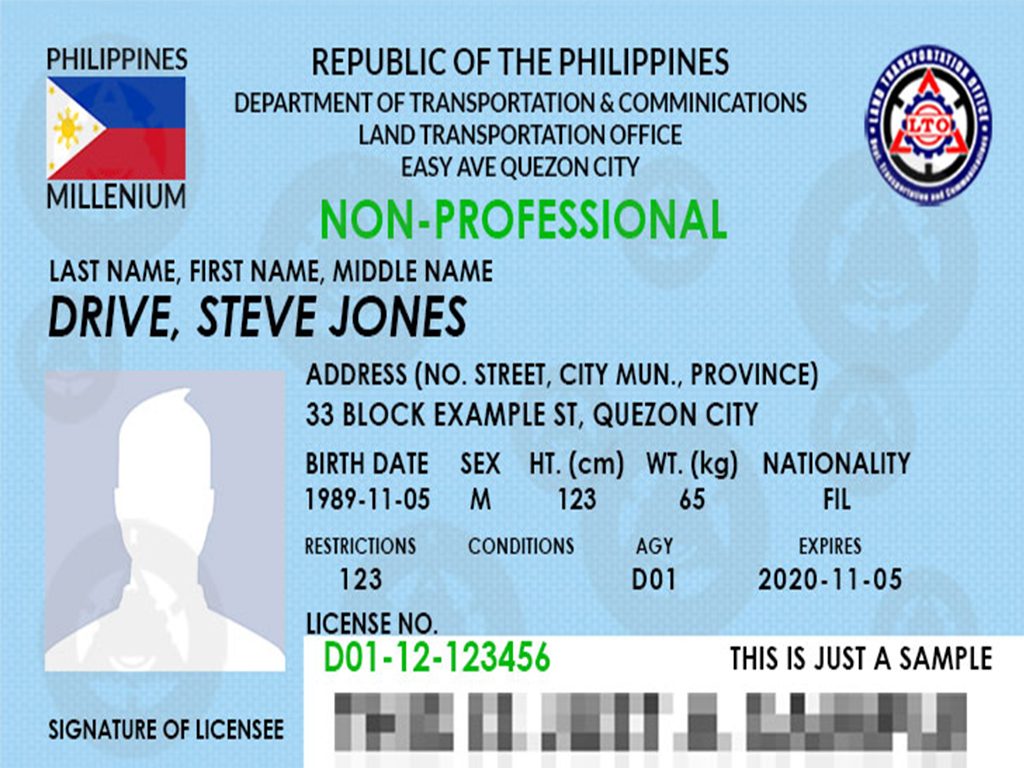
IMAGE wheelsph.com
- As with any country, the Philippines prohibits anyone from driving under the influence. You’re not allowed behind the wheel if you’re high or inebriated.
Also read: Drunk, Sleepy, or Sick While Driving? Dial 16-911 for ‘Drivers on Call’
- In an effort to reduce the number of vehicles on the road, the MMDA implemented a number coding scheme. The last number on the license plate dictates the day it can’t be on the street.
Monday: 1 and 2;
Tuesday: 3 and 4;
Wednesday: 5 and 6;
Thursday: 7 and 8;
Friday: 9 and 0.If you’re traveling from one city to other, it may be confusing as to which cities implement a number coding scheme, which doesn’t, and which ones have window hours. To get a better grasp of this rule, better check the MMDA website and their official Facebook page.
Also read: MMDA’s 10 Things That Driver’s Should Know
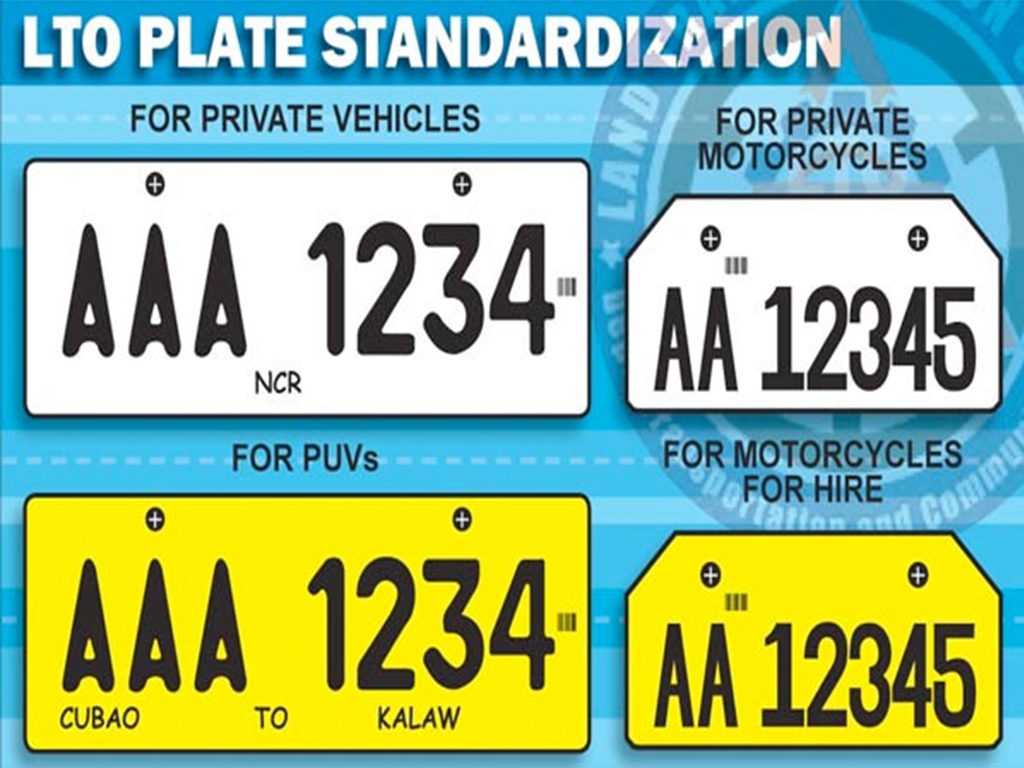
IMAGE grabbed from ltoexamreviewer.com
- The Philippines requires everyone to drive on the right side of the road and all vehicles must be left-hand drive. Unlike in most countries where both left and right-hand cars are allowed so long as the drivers follow which road they should drive on, right-hand drive vehicles are not allowed to operate here.
- Since last year, using your mobile devices while driving is now a big no-no. If you’re using a map or Waze to get around, go hands-free.
Also read: Safer Roads Ahead: Mobile Phones Can No Longer Be “Used” While Driving in PH
- Careful where you park. There’s been a crackdown on illegally parked vehicles in recent years. Don’t even try parking where a tow-away sign is up unless you want to cause a commotion or get your car impounded.
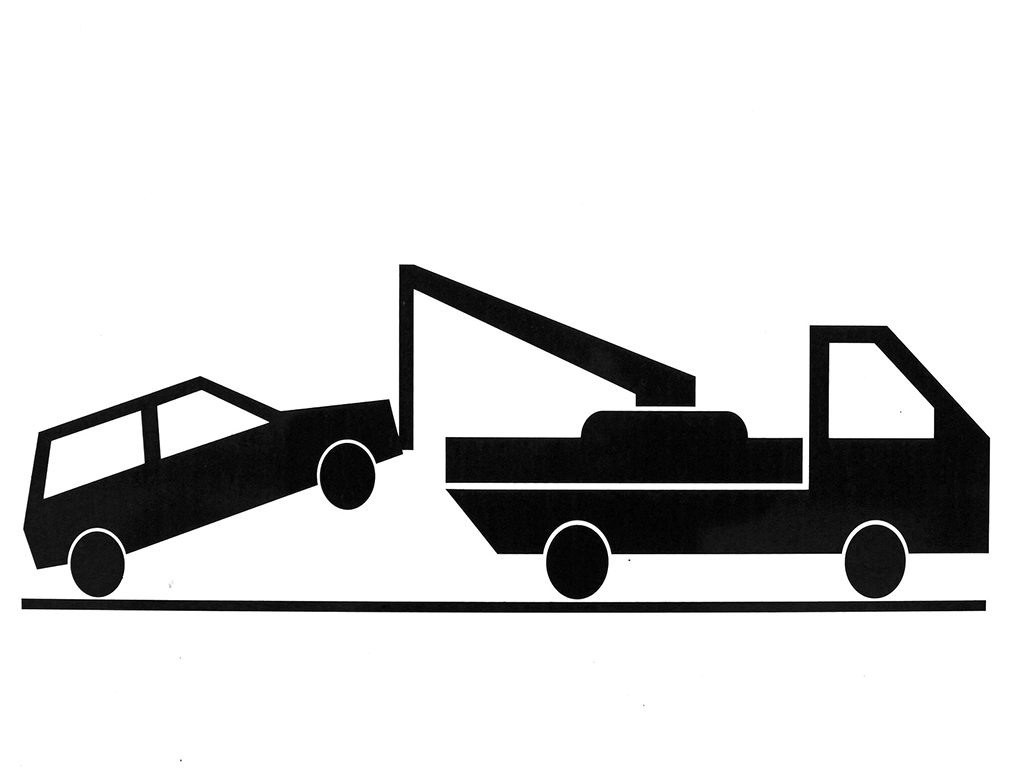
If you’re considering driving a motorcycle instead of a four-wheeled vehicle, know that they’re subject to the same laws and regulations plus a couple of others.
Also read: Expats’ Guide to Motorcycle Laws in the Philippines
- Back riders or passengers are limited to one per bike. That means that there should only be a total of 2 people on a motorcycle.
- Both driver and passenger are required to wear DTI-approved helmets. You’ll know which ones are approved because they’ll have ICC stickers on them.
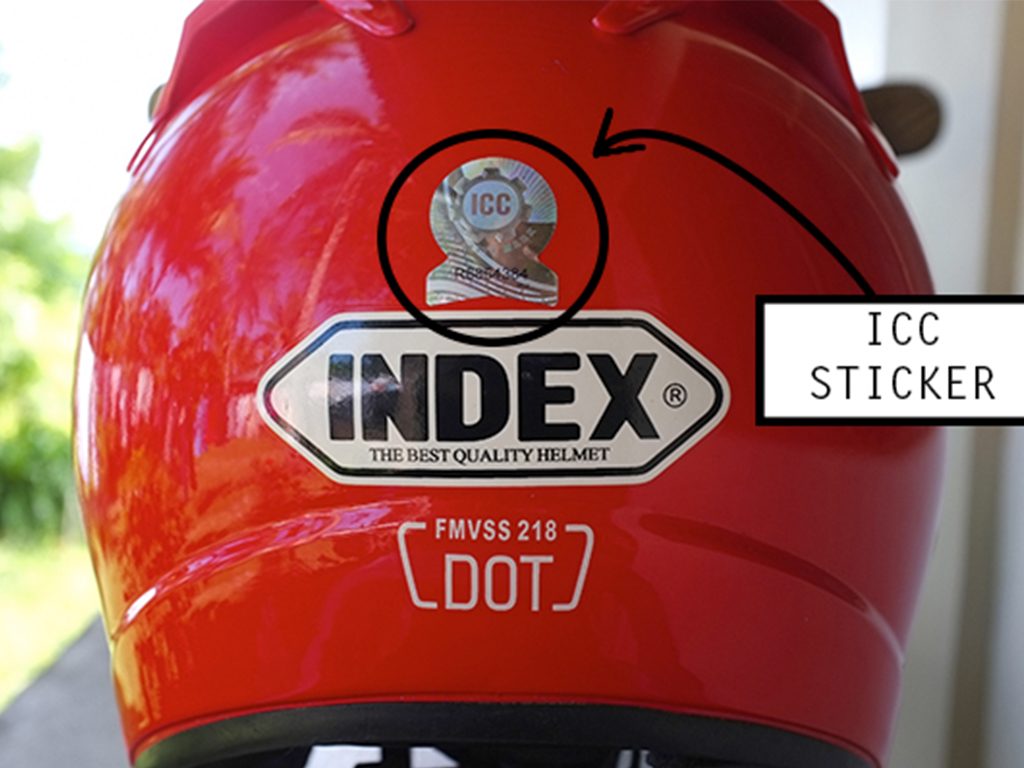
- Remember to always wear shoes when riding a motorcycle. They’re the only approved footwear for motorcycle riders.
- Lane splitting or lane filtering is allowed in some countries but not in the Philippines. Avoid going between two vehicles and wait until you can overtake properly.
There are a plethora of other driving rules and regulations in the Philippines. For more detailed information, you can visit the websites of LTO and MMDA.
Sources: MMDA Official website, LTO, TopGear Philippines





